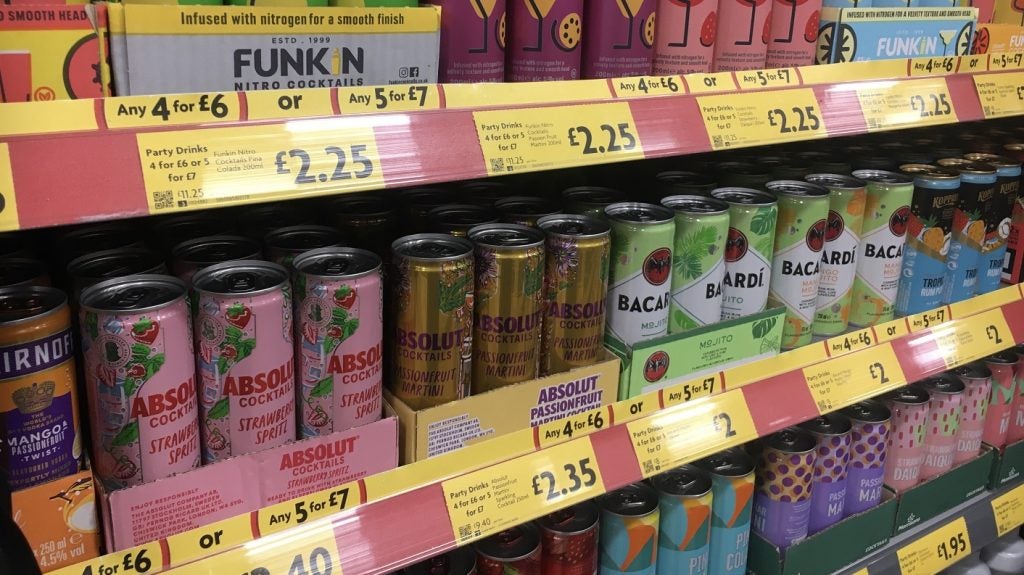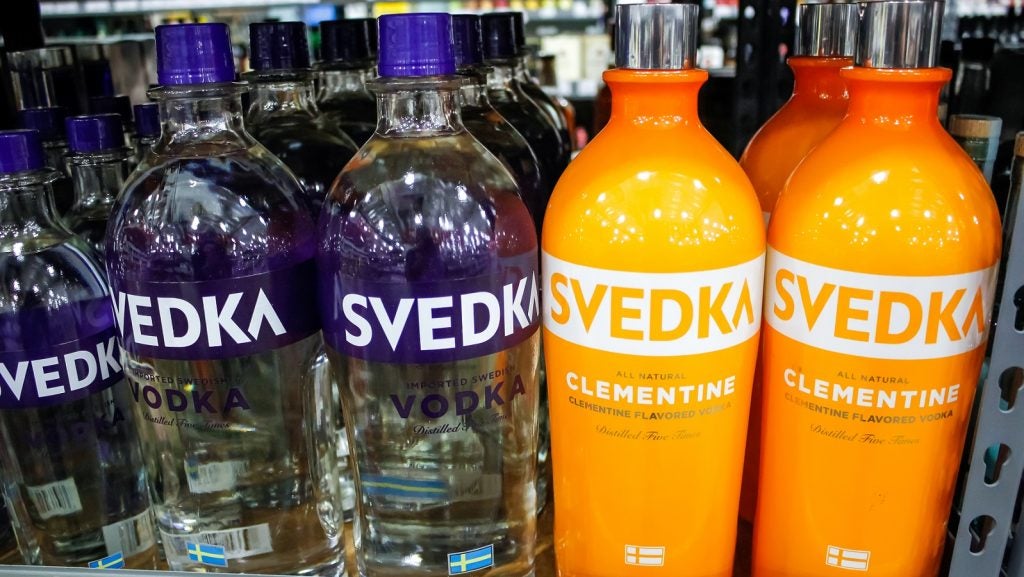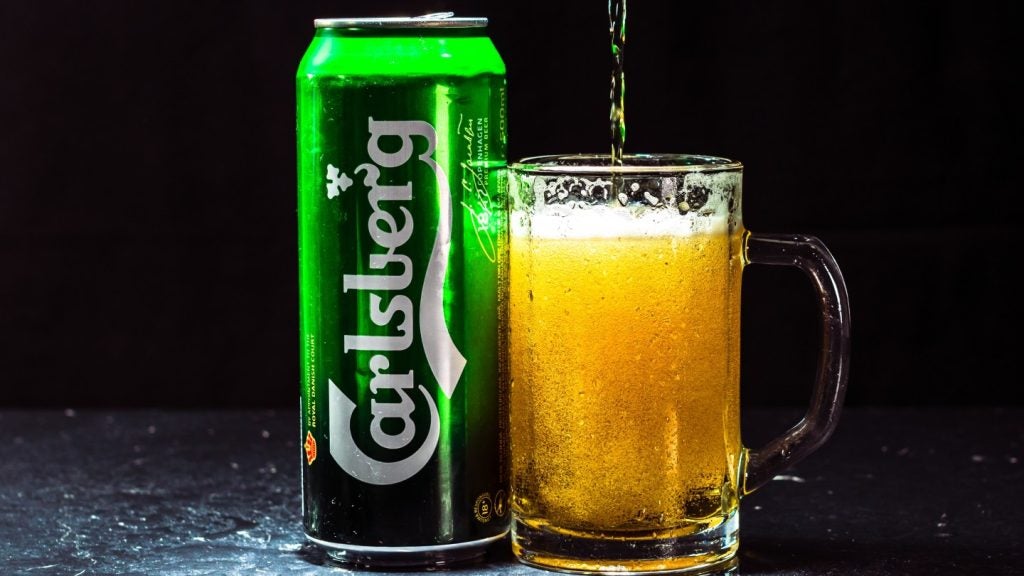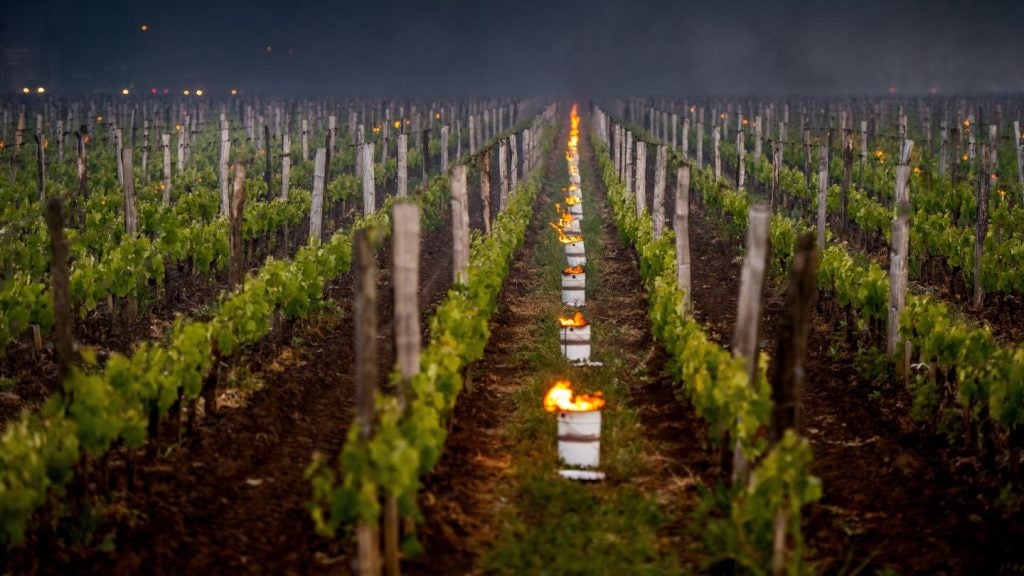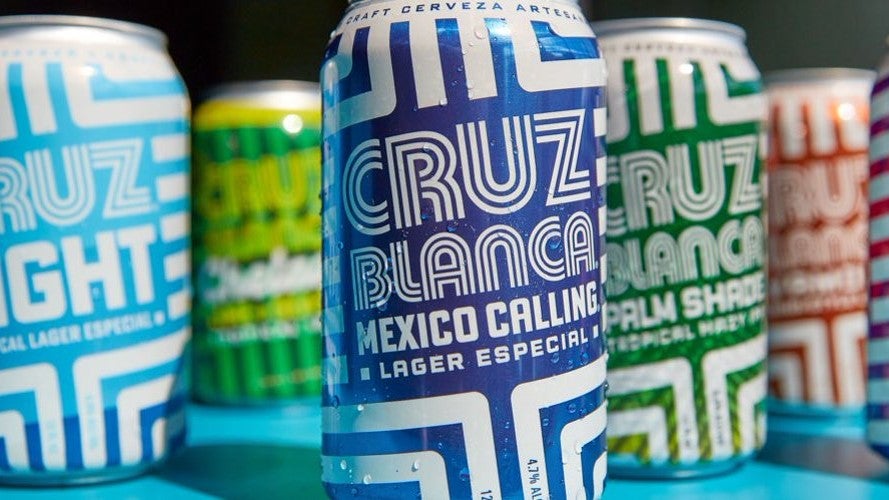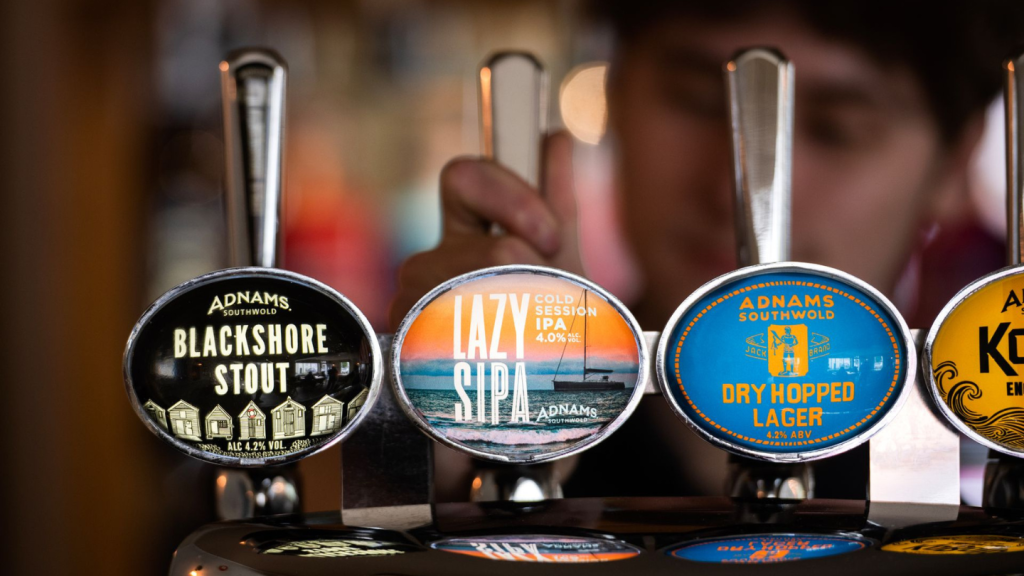A year ago, there was a feeling that – for all the obvious challenges confronting the global spirits market – there was just the faintest glimmer of brightness ahead. Sure, 2024 was looking like it would be tough but stick it out for another 12 months and better times were beckoning for the spirits industry in 2025.
Well, it was a nice thought. Rather than laying the foundations for renewed growth in the future, 2024 has put in a rather disappointing display: war continuing in the Middle East and Ukraine, with tensions simmering around Taiwan; China’s stuttering economic growth and property crisis; the return of Donald Trump to The White House, and the prospect of hiked tariffs and manifold trade wars around the globe. In that context, the involvement of Cognac/EU brandy in the tit-for-tat between the EU and China may prove to be a mere hors d’oeuvre.
The knock-on effects of all of this are plain to see, from Cognac’s free fall to Scotch’s difficulties – and the substantial cooling of the agave boom. We’ll get to those topics in a week or two. In the meantime, let’s warm up with a look at the prospects for gin, no-alcohol and RTDs.
Where next for gin?
Funny how history repeats itself: anyone familiar with the boom-bust trajectory of flavoured vodka in the US a decade or so ago will have noted something rather similar occurring with both hard seltzers and premium gin.
The details vary between the categories but the cycle is essentially the same: rapid growth spawns category saturation and proliferation of different flavours/offers for the consumer. And that poor consumer – somewhat overwhelmed by the breadth of options – is turned off the category and goes elsewhere.
In gin’s case, the switch from the core juniper-forward (in most cases) product into neon-coloured flavoured gins and other offshoots worked in the short term, maintaining good growth in the category’s heartland markets of Spain and the UK.

But, even as the Covid-19 pandemic boosted other categories – Cognac and whiskies of every hue instantly spring to mind – the gin wave in the UK and Spain was already ebbing, before larger-scale volume losses during 2023.
There are still opportunities for gin. India is the most obvious.
In spite of this, however, there are still opportunities. India is the most obvious – where gin is shaking off its volume-driven past and embracing the craft ethos – but there’s also Japan (driven by the G&T) and pockets of Europe, including France and the Nordic nations. I’m hesitant about predicting a premium gin boom in the US – having been wrong about that in the past – but I still believe it’s a question of when, not if, the market buys in.
This will be good news for global gin brands, owned by multinationals and with the right depth of distribution, and for the local players in these growth markets who diversify into gin – boosted by the fact they can bring products to market relatively swiftly.
But, if you’re a craft/local player in the UK or Spain with no significant international footprint – well, that’s a different story. Some will have the requisite business plan or USP to survive; others not so much.
No-alcohol: the four As
In challenging times, those few isolated bright spots of growth in the global beverage market tend to shine even more brilliantly: at the moment, that means RTDs and no-alcohol in particular.
We’ll get to RTDs shortly. What is noticeable about no-alcohol, especially in the US, is the importance of Millennial consumers in embracing the category and driving its incremental growth. The positive potential of this can be encapsulated in the four As.
One is age: the relative youth of Millennials is a plus in terms of the long-term construction of the no-alc category. Sure, their preferences may evolve as they age, but if brand owners can maintain their loyalty, they could secure a generation of no-alc consumers for decades to come.

Another is affluence: in the US especially, Millennials have the financial wherewithal both to explore every aspect of the no-alcohol category and to trade up to more premium options.
Then there are "adjacent" products. Millennials are also the most enthusiastic embracers of the emerging ‘alcohol adjacent’ segment. While the claimed benefits of some of these products are somewhat nebulous, the psychological attractions should be obvious: the potential of enjoying a drink that can have a positive impact on mood or mental state, but without the health-related downside of alcohol.
Lastly, there's adventure. Millennial consumers are emphatically not the kind of people who find a brand they like, stick to it, and don’t buy anything else ever again. Eager to explore and willing to experiment, they are the ideal target market for new-to-market brands and products surfing the fringes of the category.
RTDs: cut through the clutter
The hard-seltzer boom may have ended but the massively broad and diverse RTD space remains one of the few sources of widespread growth in the global beverage alcohol marketplace this year.
RTDs are the fast fashion of alcohol – trends come and go within weeks.
The mere fact of its success – although it has not been immune to the challenges facing bev alc in 2024 – makes it the focus of attention for all drinks companies of any scale or ambition. But RTDs are the fast fashion of alcohol – trends come and go within weeks, leaving the unwary vulnerable to every shift in flavour and stylistic preference.
Delve into the key questions revolving around RTDs – topics such as its potential migration into the on-trade, the importance of product base (eg, spirit, malt, wine), and the role of higher-end ready-to-serve (RTS) products in a stuttering marketplace – and your head can start to spin.
So my advice would be to keep it simple: most RTD trends have a strong local accent, meaning that flavours that are big in Mexico might not cut the mustard in Japan. Furthermore, consumers in some countries might use a brand as their main cue to purchase; others will arrow in on product type – and the name on the can might be much less significant.
So focus on atomic trends in specific markets and – this is the trickier bit – try to get a handle on each trend cycle: which flavours/styles/formats are on the up, and which are at their peak, and thus likely to plateau and then decline.
This article was originally published on 3 December.


